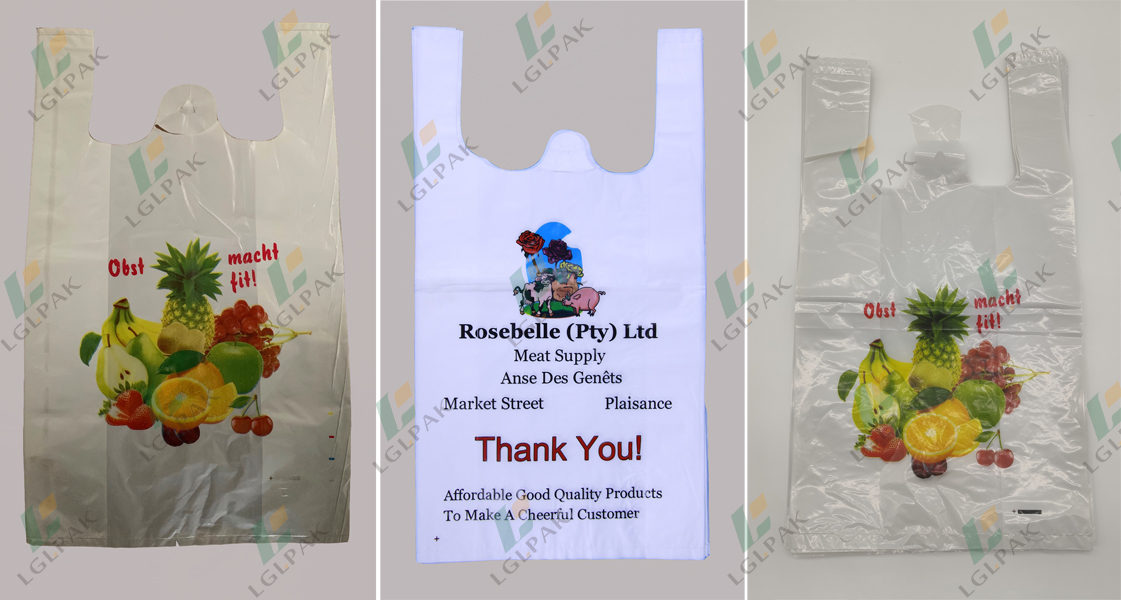Printing is a technology that transfers the ink to the surface of paper, textiles, plastics, leather, PVC, PC and other materials through plate-making, inking, pressurization and other manuscripts such as text, pictures, photos, and anti-counterfeiting, and then copies the contents of the manuscripts in batches. .
Throughout the development of history, printing technology has been advancing, both in printing types and printing methods. What are the current mainstream ways to improve printing effects? Common operations are as follows:
When choosing a drying ink, consider whether the maximum drying temperature of the ink is suitable for the temperature that the plastic can withstand.
Be cautious when using soluble solvents: Solvents that have a certain degree of solubility for plastic films can help the ink and plastic film to bond, but if the effect is strong, it may reduce the mechanical properties of the film.
Consider the softening and bonding destructive effects of plasticizers and other additives on the ink
Make a rigorous analysis on the rigidity, brittleness, dimensional stability and expansion coefficient of the plastic film, because these factors will affect the durability of ink adhesion.
Correctly understand and understand the role of the components of the ink in the ink: printing ink is a paste-like colloid that is uniformly mixed with pigments, binders, fillers and other components. As a kind of viscous fluid, the ink has different properties due to its different varieties, that is, it is thick and thin; the viscosity is different, and the drying speed is also different.
The quality of the connecting material is good or bad: the connecting material is a fluid with a certain viscosity and viscosity. Its role is multifaceted. As the carrier of the pigment, it functions to mix and connect solid particles such as powdered pigments, and enable the cohesive pigments to finally adhere to the printed product. The quality of the binder will directly affect its gloss, wear resistance and viscosity fluidity.
Appropriate use of additives: the use of additives will be more effective for printing. Commonly used auxiliaries include diluents, additives, detackifiers, anti-tack agents, and ink adjustments. Therefore, the good printability and strong adhesion and dispersion of printing ink are inseparable from additives.
Does my company follow the market principles and use the above methods when printing plastic flexible packaging products? Answer: Not only that. LGLPAK LTD. made a non-mainstream adjustment during product printing-lowering the resolution. This seemingly simple operation method that runs counter to advanced technology directly raises the printing effect of the product to a new level: the plastic products printed by our company are intuitively visible compared with similar products: the colors are more vivid and the patterns are clearer.
In the pursuit of product quality and appearance, we can not only follow the footsteps of advanced technology, but also retreat to contemplation and make the most suitable decision.
Post time: Aug-21-2021







